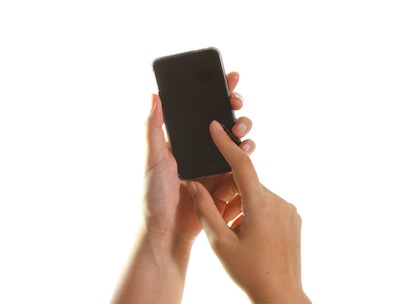 Australian retailers are lagging behind with their m-commerce strategies and are failing to meet consumer demands, according to new study.
Australian retailers are lagging behind with their m-commerce strategies and are failing to meet consumer demands, according to new study.
More than half of Australian shoppers are now using their smartphone devices to assist them at some stage of the shopping process, an increase from 38 per cent in 2011, however, a joint study by NetSuite and the Australian Retailers Association (ARA), has found that less than 30 per cent of retailers currently offer a smartphone accessible website.
The study, conducted by Frost & Sullivan, surveyed 120 ARA members (focusing on smaller retailers with less than 50 outlets), was carried out in June 2014 to understand how retailers are adapting to the growing use of mobile devices as an integral part of the shopping process.
The study revealed that while most retailers recognise the importance of developing a mobile strategy, many still face major barriers in doing so, particularly the cost and complexity of linking new systems designed to support mobility with existing instore business systems.
“The rapid growth in ownership and usage of smartphones is revolutionising the way that Australian consumers shop,” said Mark Dougan, MD for Australia and New Zealand at Frost & Sullivan.
“The ability to access the internet whilst on the move has transformed many aspects of consumer behaviour. Consumers are increasingly using their smartphones for shopping to research, compare, share, purchase and pay for merchandise.”
According to Frost & Sullivan, the retailers that do provide mobile apps are generally providing them as part of an omnichannel strategy (i.e. the apps enable purchasing), although a third of retailers still primarily regard the mobile app as a way to stimulate traffic into physical stores. Many small retailers, however, are still failing to provide the instore facilities that encourage use of mobile devices by their consumers.
The study found features that consumers place value on, include free WiFi (68 per cent), stock level information (58 per cent), directions to relevant departments (57 per cent), customer reviews (50 per cent), product information (48 per cent, and being able to purchase using their smartphone (43 per cent).
The study also indicates that use of mobile devices is not only limited to consumers, with some retailers now equipping their store staff with tablets to allow improved instore service, such as sharing product information with customers, assisting with local inventory availability, and even facilitating online purchases from within the store.
Only seven per cent of respondents currently provide their sales staff with tablets, and thus are missing out on a major opportunity to enhance instore service levels and improve customer satisfaction.
According to the study, smartphones are not being used purely as a device to make an online purchase, but are an essential element of an omnichannel shopping experience that still often involves the use of a physical store.
Almost 40 per cent of consumers that start researching a product on their smartphone actually end up buying it instore. These shoppers are using smartphones throughout the shopping process for researching (29 per cent) and evaluating products (19 per cent), with only four per cent actually making a purchase on their smartphone and three per cent writing reviews afterwards.
To support this new generation of omni-channel shoppers, Frost & Sullivan recommends that Australian retailers provide features and services to meet their customers’ mobile needs.
“Australia’s consumers are demanding that retailers provide services and features to support them in their omnichannel shopping process,” said Dougan.
“Those retailers who fail to respond to the new era of mobility in shopping face being isolated and left behind as the behaviours of their customers change.”





